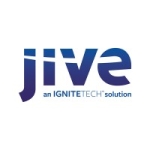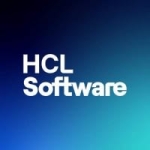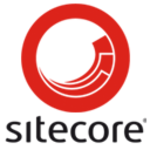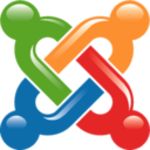A good example in my organization (insurance sector) is that we can implement public, customer, and distributor portals for many countries with different requirements, in many different languages (including Greek or Arabic, flipping the full page reading).
Business people can manage the web content/pages and targeted campaigns including SEO for different user segments. This is possible by implementing custom components to guide the final clients through the purchase funnel to buy insurance policies. It can also provide customer tools, such as accident party reporting, and capture new leads to send them to the CRM system.
In our company, each country can have different backend solutions for CRM, IAM, quotation engines, etc. All these combinations are well supported by Liferay as a front-end solution including responsive design, tracking actions, analytics, etc.
Another good point was the acceleration around the built solutions. We created a reusable internal marketplace to share "Functional Assets" defined by the business, with many countries, adapting a few things like translations.
With this approach, any country is able to launch new features on their web sites with less cost, by just reusing the functional assets from other countries where they want to generate new opportunities.
I was working with Liferay solutions for 14 years, using all Enterprise versions of the product from older ones, previous Enterprise Edition releases, to the latest DXP version.
As with any product, there are stability issues at times. However, working side by side with the official support, we minimized any risk to reduce the business impact as much as possible.
We haven't yet encountered any scalability issues, except in previous versions, such as v6.2. When we used the search index replication over 6GB of size with two nodes, it was too heavy to move in between the cluster and it failed. It gave us, as a result, a corrupt index and lost results in searches.
I would give the technical support a rating 10/10. It is effective against bugs, with engineers replying to tickets very quickly. In the resolution, they provide you with patches in order to resolve issues as soon as possible.
You can count on different levels of support, according your requirements and budget.
I am not aware of any previous solutions in my current company. I worked with WordPress and Drupal, and I switched to Liferay for the integration capabilities using Java standards and flexibility.
Installation is easy, but preparing it for production mode is a bit more complex. I've found a lot of people in the market who can install Liferay, but the real problem is not the installation itself. The issue is to install it correctly and tune the product well by doing load tests and fine tuning Liferay and the JVM.
Another very important factor is to follow best practices in your development. My experience says that 90% of the performance issues came from the custom developments, where developers do not follow the recommendations and best practices, or use the product in a bad way.
For this reason, my company wrote a Liferay Best Practices book to share with any internal or external developers. We implemented a certification process to ensure stability, best practices, software quality, architecture, and security guidelines in order to avoid production issues.
DXP subscription is cheaper than other products on the market.
The license/subscription is associated to the number of Liferay instances, CPU cores, and level of support (Gold, Platinum).
I recommend that you talk with your Liferay Account Manager and establish a plan according your needs.
We evaluated Oracle Portal, WordPress, and Drupal.
Find professionals with real expertise in Liferay in the different areas of developers and operations to avoid common mistakes. They should have experience in at least two real production implementations.

















